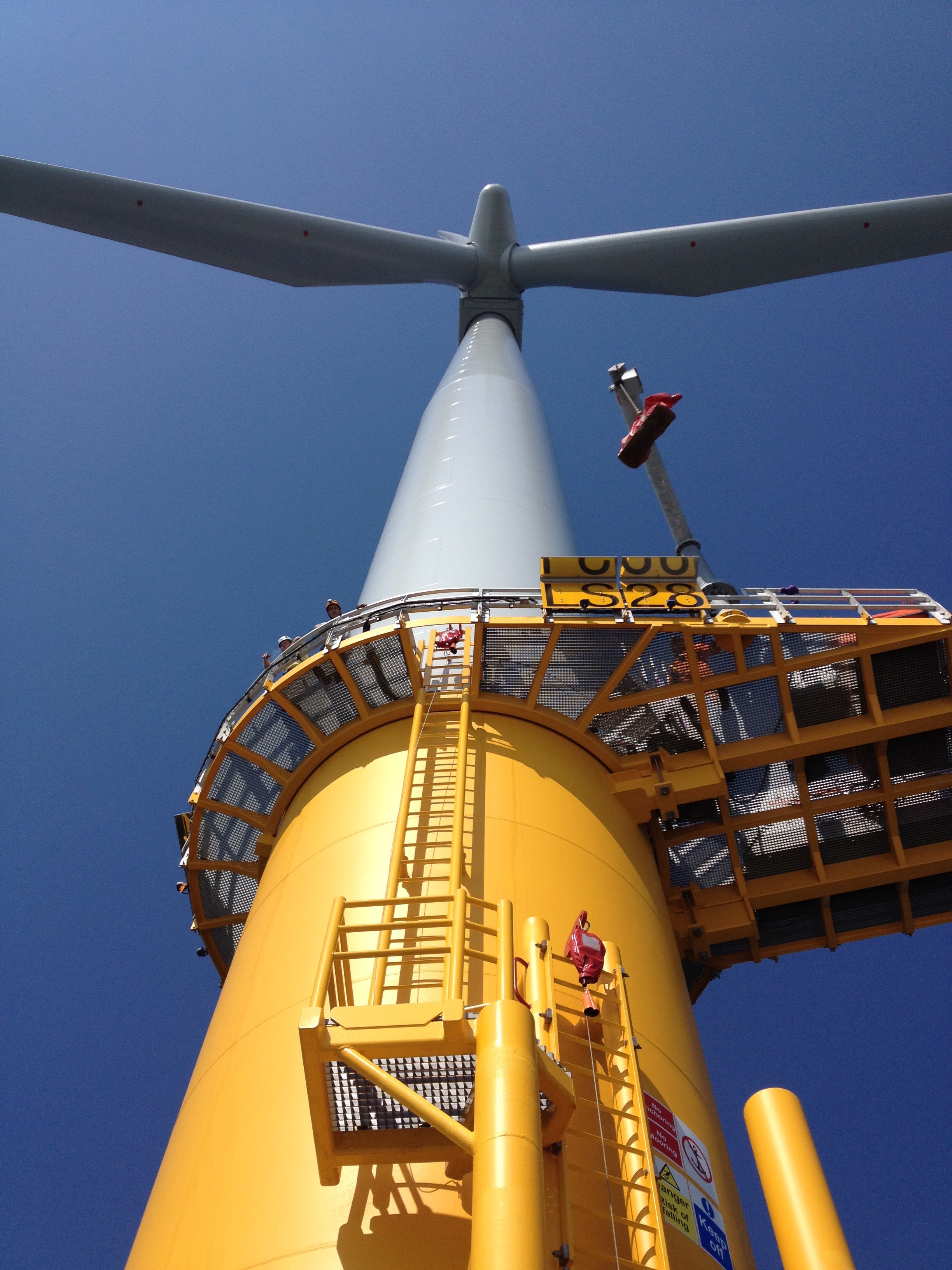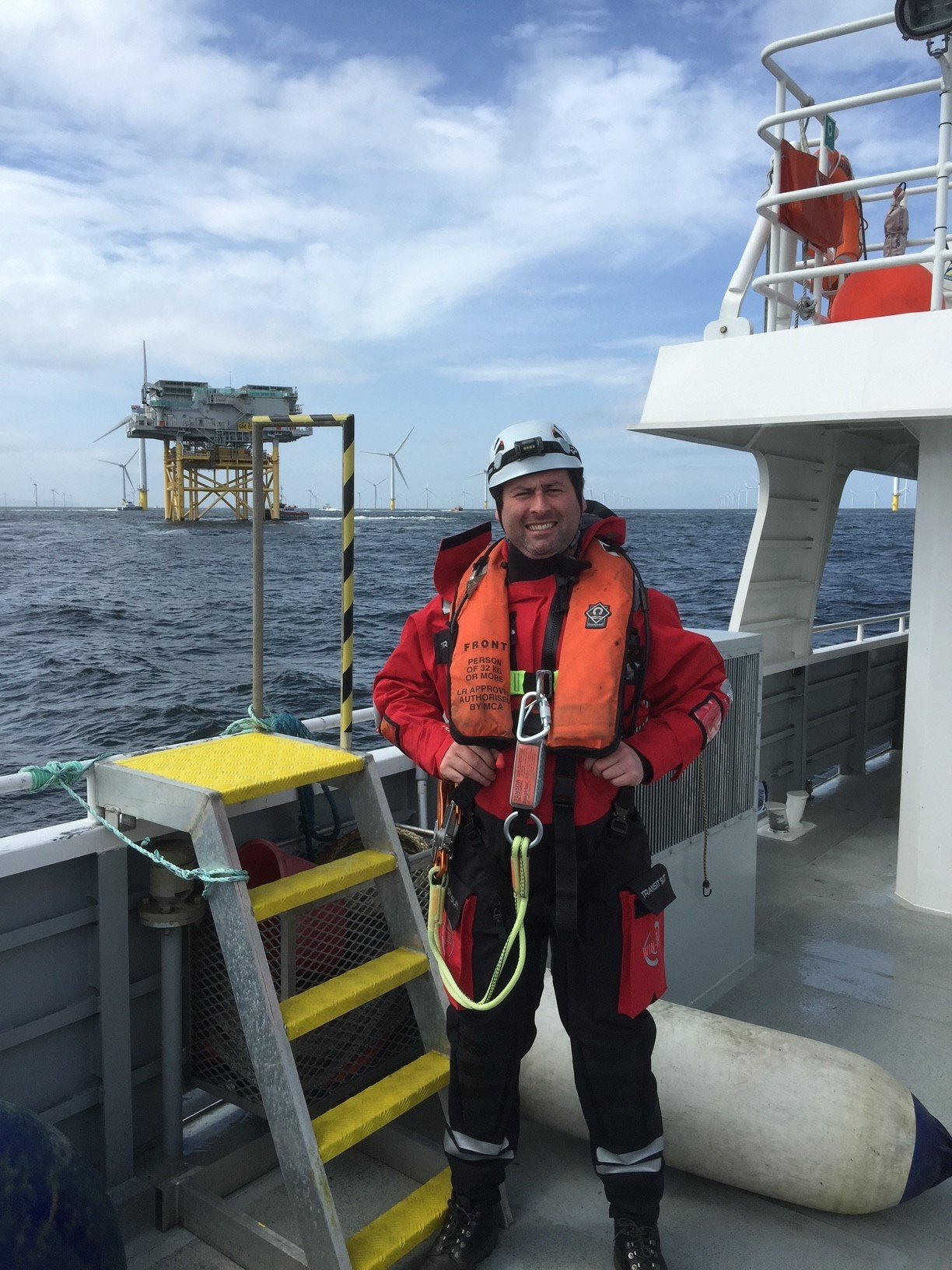FAQ
-
Yes! We are proud to be training partners with many offshore wind companies. Please get in touch with olly@windacademy.co.uk to find out more. Some training can be subsidised, meaning we can offer preferential and surprisingly low rates.
-
-
Courses vary in cost - get in touch to find out more. Complete the contact us form to register your interest.
We also offer offshore medicals - click here to find out prices and book.
-
We do offer a very limited number of courses fully funded, delivered in partnership with New College Durham.
These are subject to strict eligibility criteria, including:
Postcode
Age
Must be 19+ in the previous academic year the training commences.
Employment Status
Previous Funding
Not previously had DFE funding in the financial year training is commencing.
Employability
Complete the contact us form and upload your CV to register your interest.
-
- A WINDA ID verifies that an individual has completed GWO certified safety and technical training, required to work in the wind energy sector.
- It allows employers to confirm that their employees have valid and up-to-date training records.
Who Needs It?
- Anyone working in the wind energy sector is required to undertake GWO-certified training, such as Basic Safety Training (BST), Advanced Rescue Training (ART), or Technical Training.
How It Works:
- Upon registering with WINDA, individuals receive their unique WINDA ID.
- Training providers upload the details of completed courses to the database, linked to the individual’s WINDA ID.
- Employers can access and verify training records using the ID.
Registration Process:
- Go to the WINDA portal.
- Create a profile under the “Register” category.
- After completing registration, your WINDA ID will be generated.
-
Some courses may have entry requirements, such as needing to have a certain qualification or technical experience demonstrated by a CV or trade test. If there are any, they will be listed in the relevant course details.
You need to be 19 or over to do a Skills Bootcamp and not have received any funding in this academic year. For most Skills Bootcamps, you do not need to have any previous knowledge in the subject. You just need to speak a good level of English and have a willingness to learn. A good level of fitness is required for the GWO Basic Safety Training.
-
The offshore wind industry offers a wide range of job opportunities across various disciplines, making it an exciting sector for those interested in renewable energy, engineering, and environmental sustainability.
Here’s an overview of some key roles:
Engineering & Technical Roles
• Wind Turbine Technician
- Responsible for installing, maintaining, and repairing wind turbines.
- Skills: Mechanical and electrical knowledge, GWO-certified training.
• Fibre Optic Technician
- Responsible for installing, maintaining, testing, and repairing fibre optic systems critical for wind farm communication and control networks.
- Skills: Experience in fibre optic splicing, termination, and testing. Strong knowledge of subsea and terrestrial fibre optic cable systems. Ability to work with tools like OTDRs, fusion splicers, and power meters.
• High Voltage Cable Jointer
- Responsible for the installation, maintenance, and repair of high-voltage cables that transmit electricity from offshore wind turbines to onshore power grids.
- Skills: Extensive knowledge of high-voltage systems. Proficiency in cable jointing techniques, experience with subsea cable installations, jointing kits, and associated tools. Familiarity with electrical testing equipment such as VLF testers, TDRs, and sheath fault locators. Manufacturer-specific training, such as Nexans.
• HV Cable Test Engineer
- A Cable Test Engineer in the offshore wind industry is responsible for testing, diagnosing, and ensuring the integrity of subsea and onshore cable systems. This role is crucial during the installation, commissioning, and maintenance phases of offshore wind farms, ensuring reliable energy transmission from turbines to the grid.
- Skills: Proficiency in cable testing, diagnostics, and fault location. Familiarity with testing equipment such as VLF, IR, DLRO, LIRA testers and TDRs. Understanding of subsea cable design, installation techniques, and termination methods. Strong communication skills for effective teamwork and reporting.
Construction & Installation
• Project Manager
- Oversees the planning and execution of offshore wind projects.
- Skills: Budgeting, scheduling, team management, and risk assessment.
• Installation Technician
Installs turbines, blades, and subsea cables during the construction phase.
Subsea Cable Installer
- Lays and connects undersea cables to link turbines to onshore grids.
Operations & Maintenance
• Operations Manager
Ensures smooth operation of wind farms, including maintenance scheduling and performance monitoring.
• Maintenance Technician
Conducts regular inspections and repairs of turbines and other equipment.
• Control Room Operator
Monitors wind farm performance and ensures efficient energy production from a central hub.
Vessel and Logistics Roles
• Vessel Crew Member
Supports transportation and maintenance activities on specialised offshore vessels.
• Logistics Coordinator
Manages the movement of equipment, materials, and personnel to offshore sites.
Skills & Qualifications
• Technical Training: GWO certifications like Basic Safety Training (BST) are essential for most offshore roles.
• Practical Experience: Many roles require hands-on experience in offshore or marine environments.
• Soft Skills: Teamwork, problem-solving, and adaptability are crucial.
Job Growth & Opportunities
With the global push for renewable energy and the UK’s goal to achieve 50 GW of offshore wind capacity by 2030, the industry is rapidly growing. There’s a demand for skilled professionals, especially in regions like North East England, where offshore wind hubs are thriving.
Whether you’re new to the industry, transitioning from an aligned profession, a recent graduate or an experienced professional, offshore wind offers exciting career paths in a sustainable and innovative sector!
-
Yes! We think this is the best part of our training and what makes us different. We are committed to helping learners enter the industry and progress careers.
A member of our team will interview you after successful completion of our courses and offer advice and guidance on your next steps. We have close links with industry and understand the current workforce requirements.
We work alongside our sister company TWA Global Resourcing, who can work with you to help find your route into employment.
Our industry experts and close industry ties mean that you are well placed within an unrivalled network to help gain your first step on the offshore wind ladder.
-
Working offshore can be an exciting and rewarding experience, but it also comes with unique challenges. Here’s an overview of what it’s like:
Work Environment
• Dynamic Settings: Offshore work takes place on wind turbines, platforms, or specialised vessels in the middle of the sea. The environment can be awe-inspiring but also harsh, with strong winds, cold temperatures, and unpredictable weather.
• State-of-the-Art Facilities: Modern offshore facilities are often equipped with advanced technology and safety features, creating a high-tech workplace.
Work Schedule
•. Shift Patterns: Offshore jobs typically operate on a rotational schedule, such as two weeks on-site followed by two weeks off.
•. Long Hours: Shifts can be long (10-12 hours daily) to maximise productivity during rotations.
Daily Life Offshore
•. Accommodation: Workers stay on accommodation platforms or vessels, often referred to as “jack-ups” or “floatels.” Rooms are usually shared and compact but comfortable.
•. Meals: Catered food is provided, often with a variety of options to meet dietary needs.
•. Leisure Activities: Most facilities have recreational areas, including gyms, lounges, and internet access, to help workers unwind after their shifts.
Job Responsibilities
Offshore work can involve:
•. Maintaining or installing wind turbines.
• Inspecting and repairing equipment.
• Monitoring performance and ensuring safety compliance.
• Collaborating with multidisciplinary teams.
Safety and Training
• Rigorous Safety Standards: Safety is paramount. Workers undergo extensive training, including Global Wind Organisation (GWO) certifications for first aid, fire awareness, and working at heights. These need to be renewed every 2 years.
• PPE (Personal Protective Equipment): Hard hats, harnesses, and weatherproof gear are standard and usually provided by your employer.
Challenges
• Physical and Mental Demands: The work can be physically demanding, requiring strength, endurance, and resilience.
• Isolation: Being away from family and friends for extended periods can be difficult, especially during holidays or personal milestones.
• Weather-Related Risks: Storms, high winds, and rough seas can disrupt operations and require workers to adapt quickly.
Rewards
•. Competitive Pay: Offshore roles often come with higher salaries and allowances to compensate for the demanding environment.
•. Time Off: The rotational schedule provides extended periods of leave, offering a better work-life balance for some.
• Career Growth: Offshore experience is highly valued, providing opportunities to advance within the renewable energy sector.
•. Satisfaction: Being part of the transition to clean energy and working in cutting-edge environments is fulfilling for many.
Is It Right for You?
Working offshore is ideal for individuals who are adventurous, adaptable, and resilient. While the environment can be challenging, the rewards and sense of achievement often make it a worthwhile career choice, especially in industries like offshore wind, where you contribute to a sustainable future.
-
The pay in the offshore wind industry is competitive, reflecting the specialised skills and demanding nature of the work. Salaries can vary based on your role, experience, certifications, and the location of the job. Many offshore roles include day rates ranging from £100 to £750+ for each day spent offshore, on top of base salaries.
Here’s an overview of what you can expect:
Entry-Level Roles
•. Wind Turbine Technician: £25,000 to £35,000 per year.
• With certifications like Advanced OTDR Testing , salaries may start higher.
• Shift allowances and offshore bonuses can significantly boost earnings.
• Installation Assistant: £22,000 to £30,000 per year.
• Roles supporting turbine assembly or cable laying often include on-the-job training.
Mid-Level Roles
• Experienced Technician: £35,000 to £50,000 per year.
• Includes senior technicians or those specialising in areas like blade repair or electrical systems.
• Subsea Cable Engineer: £40,000 to £55,000 per year.
Senior and Specialist Roles
•. Project Manager: £55,000 to £80,000+ per year.
• Includes overseeing large offshore wind projects, budgeting, and team management.
• Offshore Operations Manager: £60,000 to £90,000+ per year.
• Responsible for ongoing operations and maintenance of wind farms.
• Structural or Electrical Engineer: £45,000 to £70,000 per year.
Offshore Allowances and Bonuses
Day Rates
Many offshore roles include day rates ranging from £100 to £250+ for each day spent offshore, on top of base salaries.
Rotation Bonuses
Common in offshore work, especially for roles requiring weeks-long shifts.
Contract vs. Permanent
•. Contract Roles: Higher day rates (e.g., £300 to £600+ per day) but may lack benefits like pensions or paid leave.
•. Permanent Roles: Slightly lower pay but include benefits like job security, paid holidays, and health insurance.
Factors Affecting Pay
• Certifications: Holding specialised certifications (e.g. IRATA for rope access, OTDR for testing and Pfisterer and Nexans for HV cable jointing) can significantly increase earning potential. See our range of courses to see how far you can go!
• Experience: Newcomers earn less but see rapid salary growth as they gain experience.
• Location: Roles in the UK, Europe, and North America typically pay well, while jobs in remote or challenging locations may offer higher bonuses.
The offshore wind industry offers excellent earning potential, especially as you gain experience and take on specialised or leadership roles. It’s also a sector poised for long-term growth, providing strong job security and career advancement opportunities.



